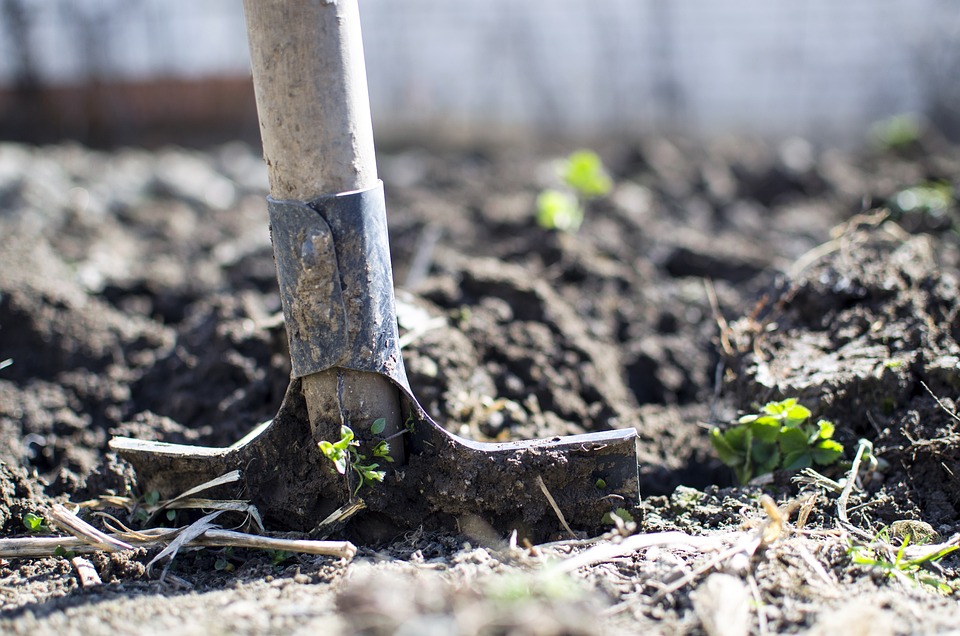Creating a Greener Oasis: Sustainable Garden Plants for a Sustainable Future
Once upon a time, I embarked on a journey to reconnect with nature and live a simpler life. My path led me to a remote corner, nestled among towering trees and pristine landscapes. As I settled into this off-grid lifestyle, I discovered a profound love for sustainable farming and gardening. It became my mission to cultivate a greener oasis, not just for myself, but for a more sustainable future. Today, I want to share with you a guide to the most remarkable sustainable garden plants that can transform your own slice of paradise into an eco-friendly haven.
1. Native Wildflowers: Blooming Diversity
One of the most rewarding ways to create a sustainable garden is by embracing native wildflowers. They are resilient, low-maintenance, and attract a myriad of pollinators, including bees, butterflies, and hummingbirds. By choosing native species, you are not only supporting biodiversity but also aiding in the conservation of these natural treasures. Bee balm, black-eyed Susan, milkweed, and coneflower are just a few examples of vibrant and hardy native wildflowers that will make your garden buzz with life.
Pro Tip: Incorporate a mix of early, mid, and late-season bloomers to ensure a continuous supply of nectar for pollinators throughout the year.
2. Heirloom Vegetables: Preserving Flavor and History
Growing your own food is not only empowering but also an essential step towards sustainability. As someone who cherishes heirloom vegetables, I am delighted to share their limitless potential for your garden. Unlike hybrid varieties, heirloom plants are open-pollinated, meaning their seeds can be saved and replanted year after year. This practice not only helps preserve genetic diversity but also ensures the continuation of time-honored flavors and traits. From the vibrant Rainbow Chard to the juicy Brandywine tomato, heirloom vegetables will bring a taste of history to your dishes.
Pro Tip: When selecting seeds, look for organic or non-GMO varieties to promote sustainability even further.
3. Perennial Herbs: An Everlasting Sensation
Imagine having a never-ending supply of aromatic herbs at your fingertips, regardless of the season. Perennial herbs can make this dream a reality. By planting these hardy, long-lived plants, you can enjoy a bountiful harvest year after year without having to replant. From the refreshing mint to the versatile sage, perennial herbs are a must-have in any sustainable garden. Their culinary uses aside, they also offer medicinal properties and serve as natural pest repellents. Get ready to take your culinary adventures to new heights with these flavorful wonders.
Pro Tip: Plant perennial herbs in containers to control their spread and make them easier to move indoors during colder months.
4. Berry Bushes: Nature’s Sweet Treats
The allure of homegrown berries is irresistible. Not only are they bursting with flavor, but they also provide a multitude of health benefits. Raspberry, blackberry, and blueberry bushes can turn any garden into an enchanting berry patch. These perennial plants require minimal care, yet the rewards are abundant. Harvesting your own organic berries is not only a rewarding experience but also eliminates the need for plastic packaging and reduces your carbon footprint. So, go ahead and indulge in these delicious treats while contributing to a greener future.
Pro Tip: Consider including a mix of early, mid, and late-season berry varieties to extend your harvest season.
5. Medicinal Plants: Nurturing Nature’s Healing Touch
Nature has always been a reliable source of healing, and integrating medicinal plants into your garden adds a touch of natural wellness to your sustainable oasis. Whether you’re fond of calming lavender, soothing chamomile, or invigorating peppermint, cultivating these medicinal herbs can serve dual purposes—nurturing your well-being and promoting a sustainable lifestyle. Not only will these plants offer a myriad of health benefits, but they will also attract beneficial insects to aid in pollination and pest control.
Pro Tip: Create a designated healing garden bed or corner where you can grow and harvest your medicinal plants conveniently.
6. Drought-Tolerant Succulents: Beauty in Resilience
Living sustainably also means conserving precious resources. Embracing drought-tolerant succulents in your garden allows you to create stunning landscapes while minimizing water usage. These remarkable plants have adapted to survive in arid environments by storing water in their fleshy leaves and stems. From the charming Echeverias to the majestic Agaves, succulents come in a wide variety of shapes, sizes, and colors, adding a unique touch to any garden. So, go ahead and let these resilient beauties thrive while saving water and enjoying their captivating presence.
Pro Tip: Remember to provide well-draining soil and avoid overwatering your succulents to ensure their longevity.
By incorporating these sustainable garden plants into your oasis, you not only create an abundant and beautiful space but also contribute to a greener future. Let us nurture the Earth together, one garden at a time, and forge a sustainable path for generations to come. Happy gardening, fellow eco-enthusiasts!
Pro Tip: A mix of these sustainable plants can create a harmonious garden that benefits both flora and fauna while supporting your sustainable living goals. So, don’t be afraid to experiment with combinations that suit your personal style and local climate conditions!



